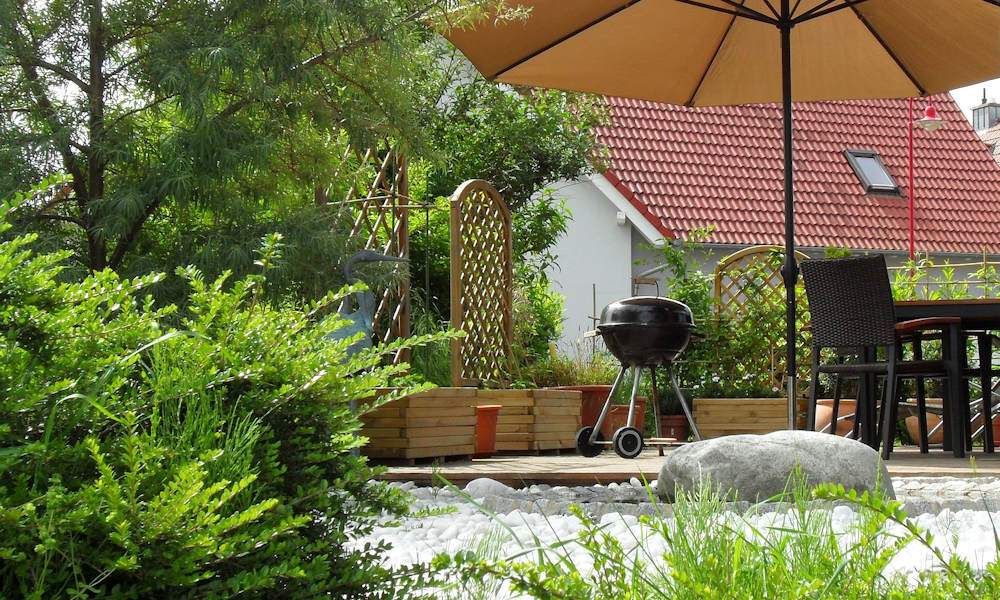As dry, hot summers with limited rainfall become increasingly common, it’s essential for gardeners to arm themselves with the knowledge and techniques necessary to ensure the survival and vitality of their gardens. In this article, we present eleven strategic tips to help gardeners prepare their gardens for the challenges of scorching temperatures and scarce rainfall, ensuring beautiful and resilient plantings even in the harshest of conditions.
1. Watering Strategy
Develop a watering plan that maximizes water efficiency. Water deeply and less frequently to encourage plants to develop deep root systems. This helps them access water from lower soil layers. Avoid frequent shallow watering, as it promotes shallow root growth and water loss through evaporation. Watering in the early morning or late evening reduces water loss due to evaporation.
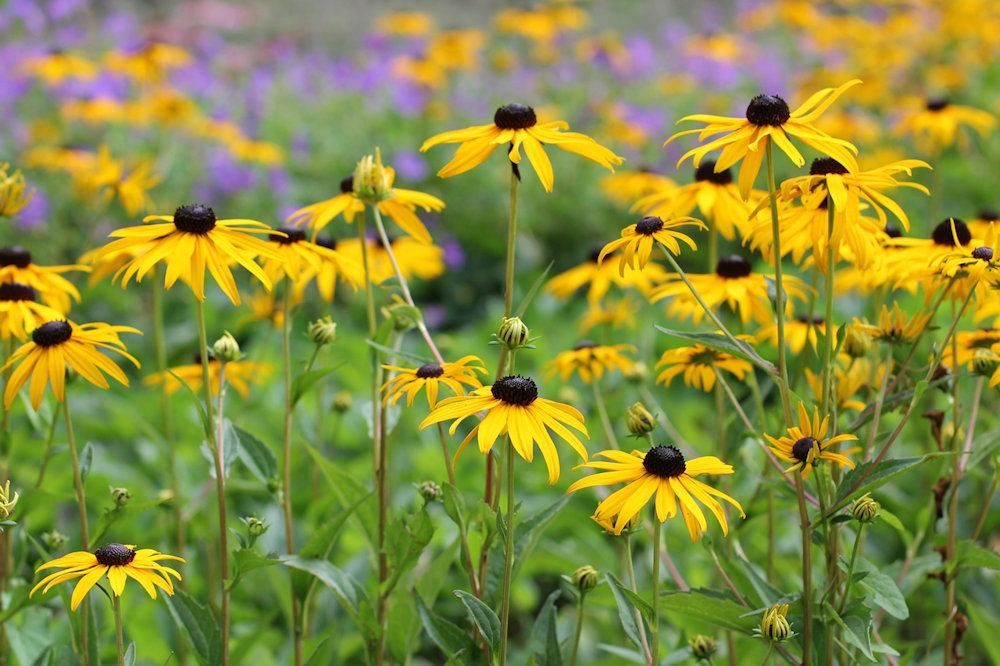
2. Mulching
Apply a layer of organic mulch, such as wood chips, straw or shredded leaves, around your plants. Mulching helps conserve moisture by reducing evaporation and suppressing weed growth. It also helps regulate soil temperature and protects the roots from extreme heat.
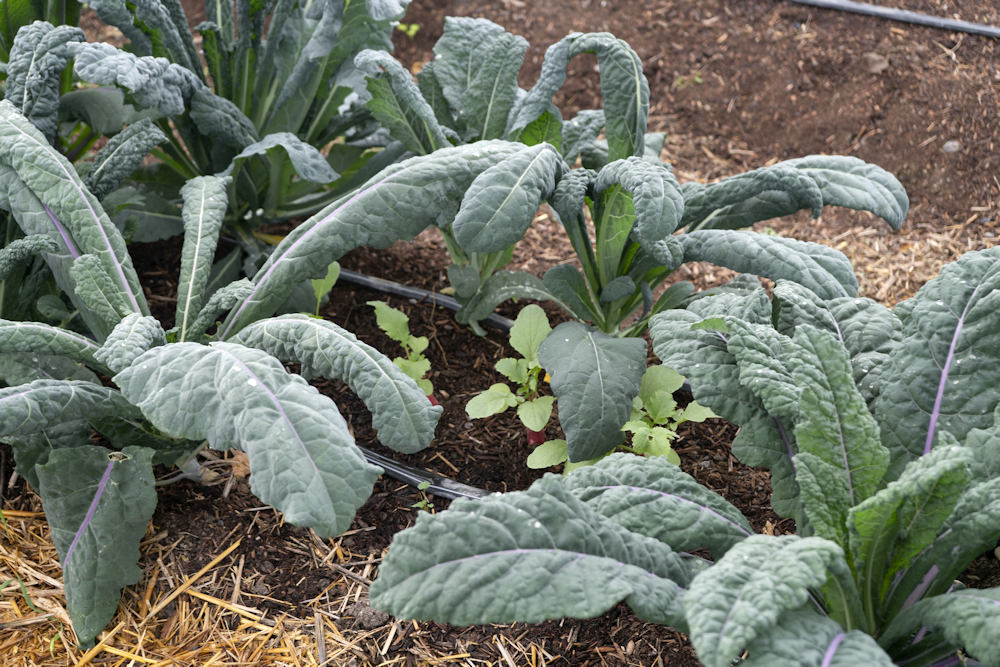
3. Soil Preparation
Before planting, prepare the soil by adding organic matter such as compost or well-rotted manure. This helps improve soil structure, water-holding capacity and nutrient retention, which are important during periods of drought. It also encourages the development of a healthy root system.
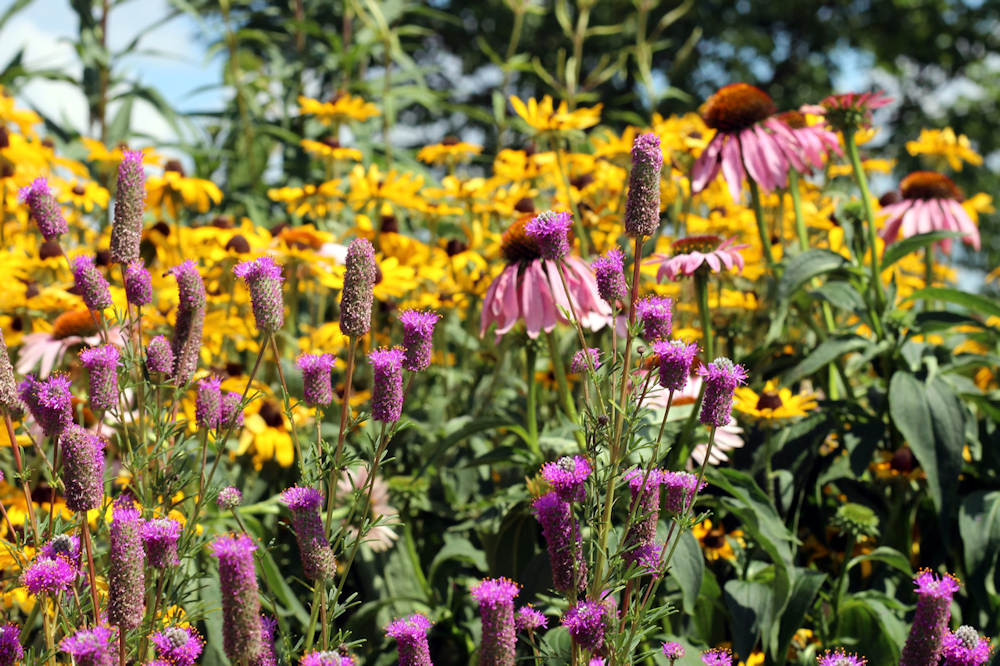
4. Proper Plant Selection
Choose plants that are well-suited to hot and dry conditions. Look for drought-tolerant varieties that have adapted to thrive in arid environments. Native plants are often a good choice as they are adapted to the local climate and require less water once established.
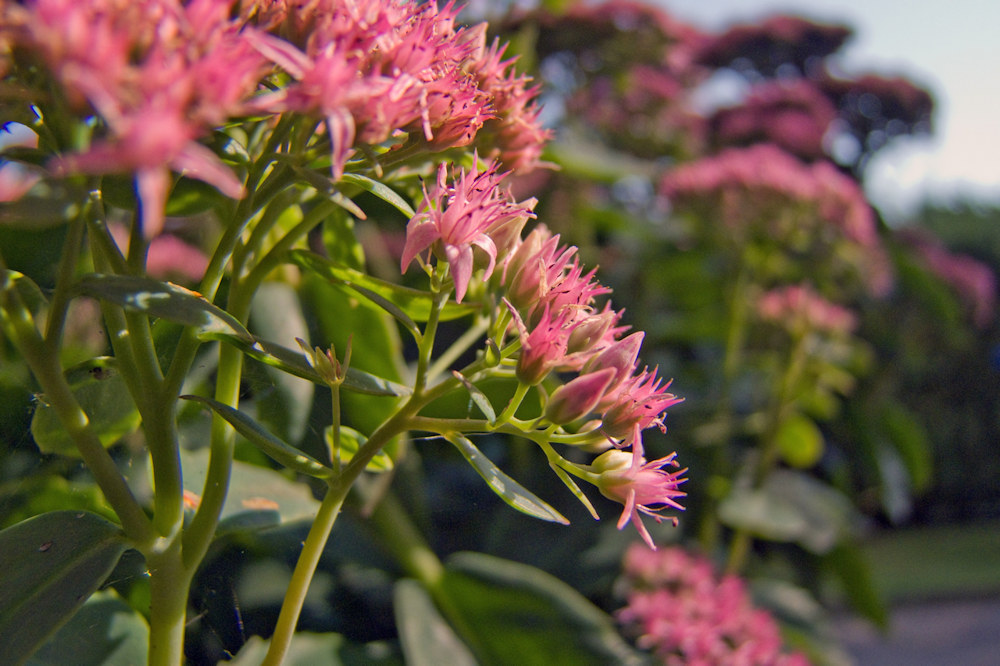
Select plants that are naturally adapted to dry and hot conditions. Native plants are often a good choice as they have evolved to thrive in the local climate. Look for varieties labeled as drought-tolerant or xeriscape plants, which require less water once established.
Xeriscaping is a landscaping approach that focuses on conserving water by using drought-tolerant plants, efficient irrigation techniques and thoughtful design principles. It aims to create visually appealing and sustainable landscapes that require minimal water resources, particularly in arid or water-restricted regions.
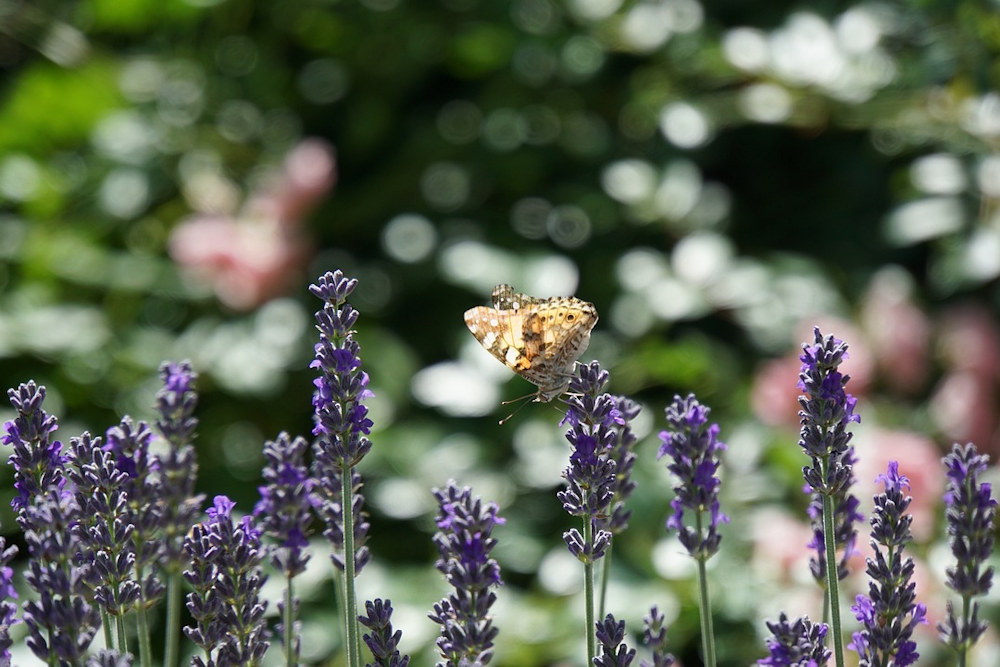
Here are some common garden plants that are known for their drought tolerance:
- Black-eyed Susan (Rudbeckia hirta): A vibrant flowering plant that is drought-tolerant and attracts pollinators.
- Coneflower (Echinacea spp.): A popular perennial with striking, daisy-like flowers that can tolerate dry conditions.
- Lavender (Lavandula spp.): Fragrant, low-maintenance plants that thrive in dry conditions and produce beautiful flowers.
- Penstemon (Penstemon spp.): Known for their tubular flowers, penstemons are drought-tolerant perennials that come in a variety of colors and sizes.
- Rosemary (Rosmarinus officinalis): A versatile herb with fragrant leaves, rosemary is well-adapted to dry, Mediterranean-like climates.
- Russian Sage (Perovskia atriplicifolia): A perennial with silvery foliage and purple flowers, known for its ability to tolerate hot and dry conditions.
- Succulents (Echeveria, Sedum, Agave): These water-wise plants store water in their leaves and stems, making them well-suited for arid environments.
- Yarrow (Achillea millefolium): A hardy perennial with feathery foliage and clusters of colorful flowers that thrives in dry, sunny locations.
Remember to check the specific growing conditions and care requirements for each plant before including them in your garden.
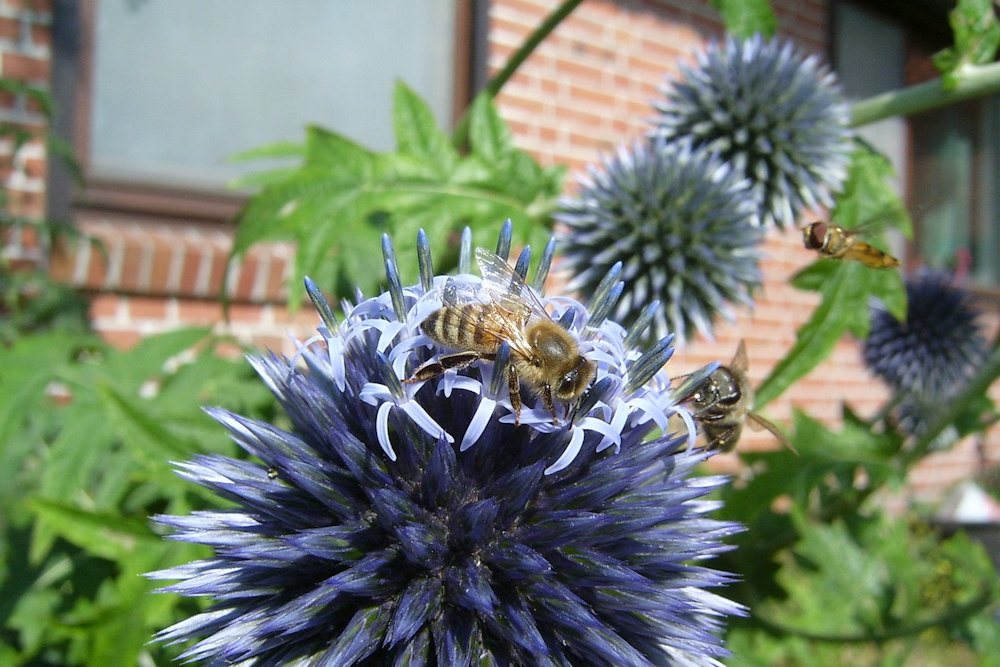
5. Grouping Plants
Arrange your plants in the garden based on their water needs. Grouping plants with similar water requirements together allows you to target your watering efforts more effectively. This prevents overwatering some plants while underwatering others. Plants with higher water requirements can be placed closer to a water source for easier access.
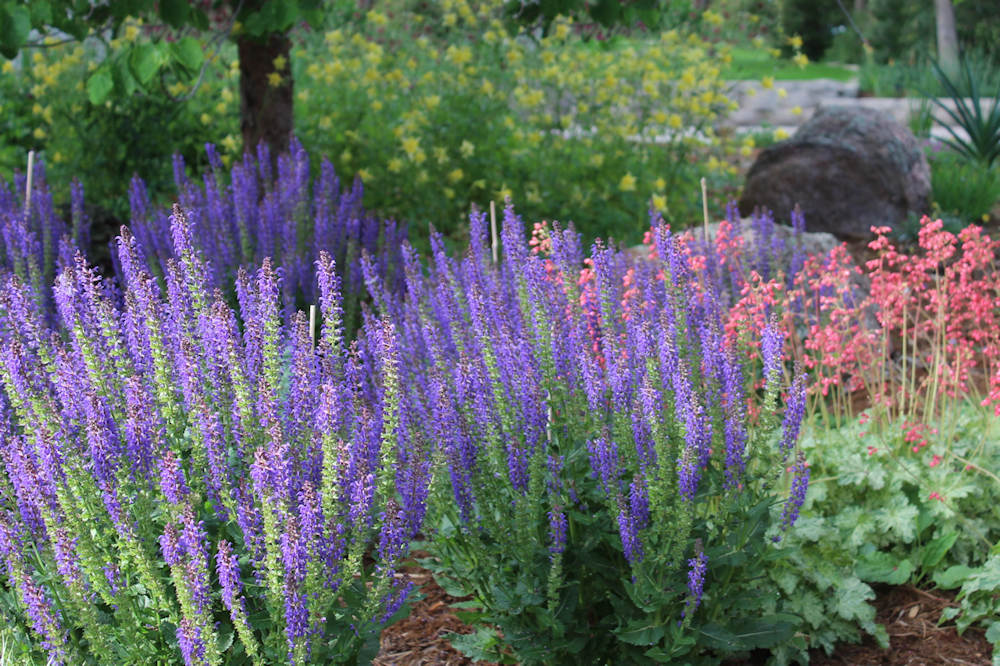
6. Shade and Wind Protection
Provide shade for more sensitive plants by using shade cloth, umbrellas, or planting them in areas with natural shade from trees or structures. Wind can accelerate moisture loss from leaves and soil, so consider using windbreaks such as fences or hedges to shield your garden from strong winds.

7. Efficient Irrigation Methods
Consider using drip irrigation or soaker hoses instead of overhead sprinklers. These methods deliver water directly to the base of plants, minimizing water loss through evaporation and ensuring water reaches the roots where it’s needed most.
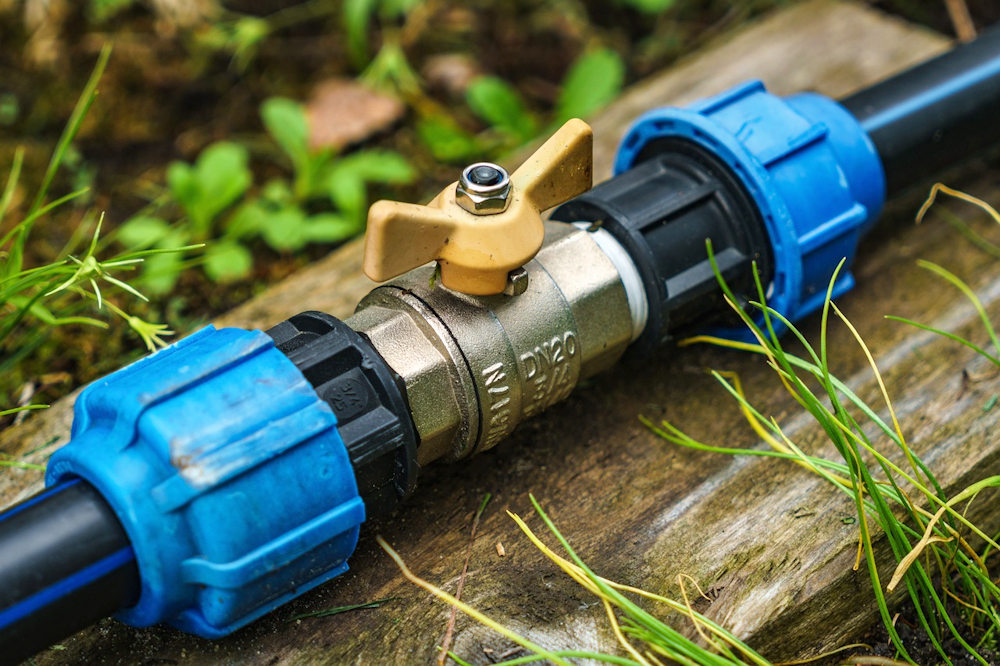
8. Regular Maintenance
Regularly inspect your garden for signs of drought stress, such as wilting or yellowing leaves. Remove any dead or dying plant material promptly to reduce competition for limited water resources. Prune trees and shrubs to maintain proper airflow and reduce water loss through excessive transpiration.
9. Weed Control
Keep your garden free from weeds, as they compete with your plants for water and nutrients. Weeds can quickly deplete soil moisture, impacting the health and growth of your desired plants, so regular weeding is essential to ensure your plants have access to the available water.
10. Regular Monitoring
Keep a close eye on your garden during hot and dry periods. Continuously monitor soil moisture levels and adjust your watering schedule accordingly. Use a moisture meter or simply dig a few inches into the soil with a trowel to assess moisture content. Adjust your watering schedule accordingly, providing additional water only when necessary. Be mindful of any water restrictions in your area and follow local guidelines for responsible water usage.
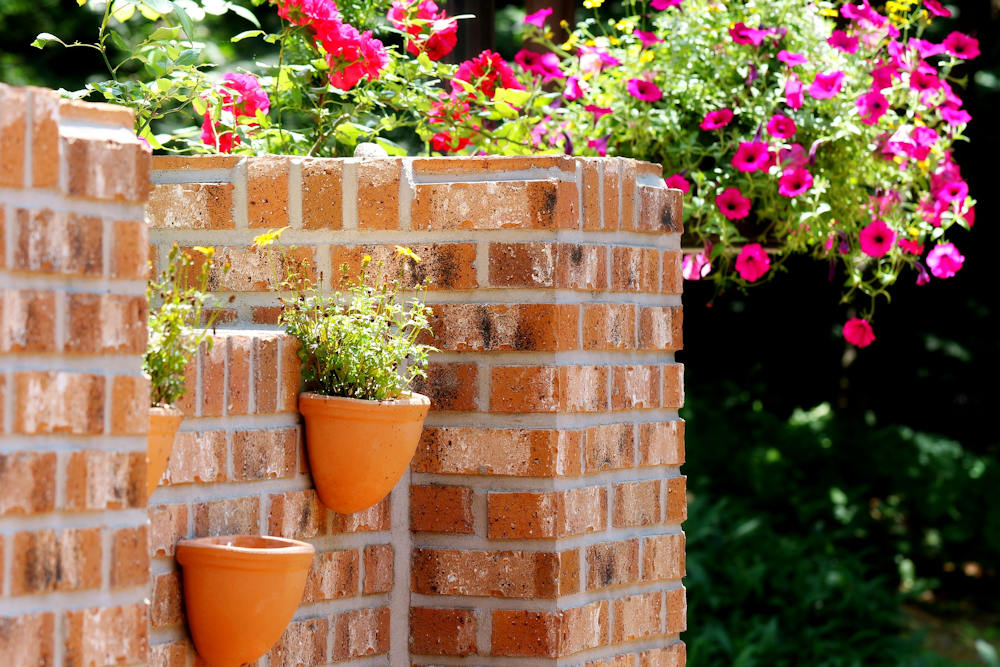
11. Conservation Practices
Practice water conservation in your garden by collecting rainwater or installing a rainwater harvesting system. Implement water-saving techniques to maximize efficiency. Use soaker hoses or drip irrigation systems that deliver water directly to the base of plants, minimizing waste. Install rainwater barrels to collect and store rainwater for later use in the garden. Consider using water-efficient irrigation timers or sensors to optimize watering schedules. Use water-efficient practices such as capturing and reusing household greywater for irrigation.
Household greywater refers to the wastewater generated from non-toilet domestic activities, such as washing dishes, laundry, and bathing. It is the relatively clean water that can be reused for purposes like irrigation or flushing toilets after proper treatment and filtration.
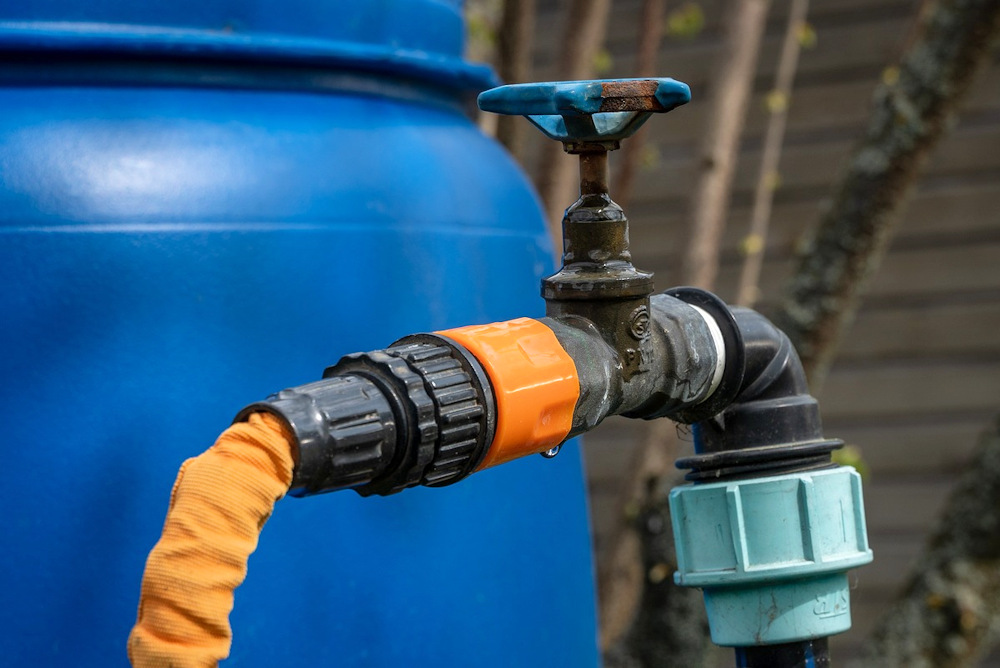
Remember, each garden is unique, and it may take some trial and error to find the best strategies for your specific conditions. Observing your plants’ responses and adjusting your approach accordingly will help you optimize your garden’s resilience during dry, hot summers with little rain.



